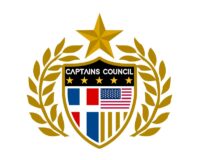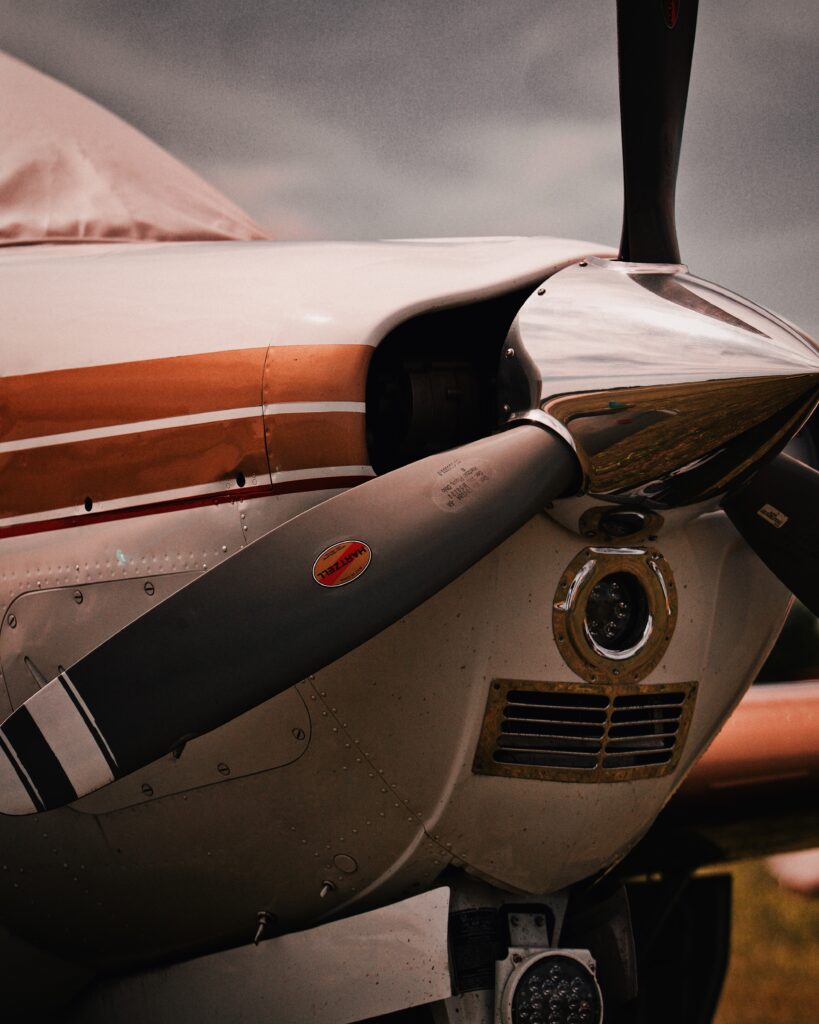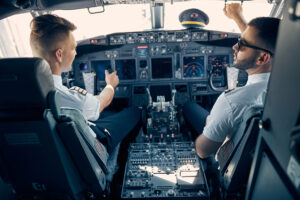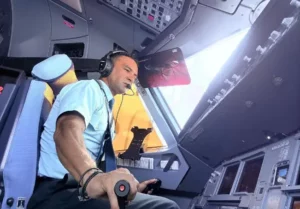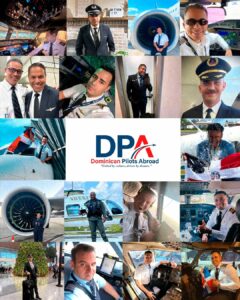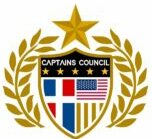A wise man once said to a rebellious son, “For the ten times you have strayed from my teachings, you will ten times suffer great anguish and regret.” The Dominican Republic had taken the decision around 2006 to adopt the USA aviation regulations as one of the essential steps towards elevating the country out of the Category 3 classification into which it had collapsed more than a decade earlier.
One area which stood to benefit most from the adoption of the premier aviation regulations in the world, was the flight training sector. How ironic, therefore, that the regulatory philosophy which emerged would stray from the concepts contained in the source regulations and stifle the system of efficiency which Dominican flight training needed and deserved.
In the USA, whose aviation regulations were being adopted, there are two principal avenues to pilot certification. These options are specified in Part 61 and Part 141 of the USA Federal Aviation Regulations (FARs), which the Dominican Republic emulated, even down to the numbering system, when translating its Regulaciones Aeronáuticas Dominicana (RADs) from the American texts. Part 61 training is intended for use by flight schools and independent instructors training on flexible schedules, with the freedom to craft and modify the syllabi as the needs of the candidates require.
The Part 61 student and instructor may choose to hold classes under a tree, then conduct flight training in an uncle’s Cessna, or Learjet for that matter. A Part 141 training organization, by contrast, is a Flight Academy which has undergone a rigid process similar to the certification of an air operator (airline), using pre-approved syllabi intended for students attending structured, scheduled, full-time classes resembling a university environment. The Part 141 school, where even the paint color and cubic volume of the classroom spaces have been stipulated by the regulator, are inherently more costly to establish, to certify, to staff and operate, and therefore, represent elevated costs for schools and students alike.
All flight instructors providing pilot training, whether through the Part 61 or Part 141 stream, must hold the same licenses and qualification, and are certified and re-certified by the same aviation regulator. With decades of organic evolution of these two options in the USA, few pilots have ever trained under the Part 141 process. According to a 2010 APCO Insight independent study commissioned by the Aircraft Owners and Pilots Association (AOPA), only one in five certified flight instructors, those people providing all of the civilian pilot training, have themselves ever attended a Part 141 Academy. This same independent study determined that only 22 percent of students have ever trained under Part 141, and this includes the thousands of foreign pilots from Europe, Asia, the Dominican Republic and other nationalities who capitalize annually on the undisputed efficiency and lower costs of Part 61 training in the USA.
When the new RADs of the Dominican Republic came into existence, both Part 61 and Part 141 were published by the regulator, but in a peculiarity of bureaucratic tyranny, that regulator, the Instituto Dominicano de Aviación Civil (IDAC), issued a dictum over the loud protests of the flight training community that, although published, the exercise of any flight training under Part 61 would not be permitted. Entities wishing to participate in the sector could do so only under the onerous and costly Part 141 process, a financial and administrative burden which saw fewer than six primary flight training organizations certified by the regulator in the ensuing ten or fifteen years.
When I served IDAC as an advisor in 2008, the Director General of the institute, an aviation neophyte, was persuaded to probe the wisdom of the agency’s “Part 141 Only” policy. The Flight Standards Director was summoned to explain, whereupon he asserted that the Dominican Republic was a corrupt society which could not be trusted to exercise Part 61 training, nor to commit to learning outside of the structured classroom. I put forth the argument that in the USA, both Part 61 and Part 141 candidates are trained to the same objective criteria of maneuvers competence and proficiency, and are tested and examined by the regulator itself without distinction to which path the candidate utilized, so that if the regulator is competent, employs qualified examiners and has faith in its testing and examination process, then only those properly prepared could prevail, the integrity of the process continues intact, and therefore there is no legitimate reason to corral Part 61 training.
The argument failed, and the policy remained in force for many years, until the Flight Standards director was eventually removed from office. Although the arrival of a new aviation law and new air regulations did not immediately bestow a framework to stimulate, foster and promulgate efficiency, the Dominican Republic today enjoys a liberated Part 61 training sector, and benefits not only from a vibrant training landscape with the capacity for full-range pilot training, but also from the existence of novel organizations like ERALET, an aircraft rental company with well maintained and equipped aircraft ranging from Cessna and Piper primary trainers, to advanced high-performance Cirrus, and Diamond twins. This entity facilitates the impressive convergence of independent certified instructors, pilot candidates, and training aircraft in an innovative example of fluid Part 61 training unmatched even in the USA.
